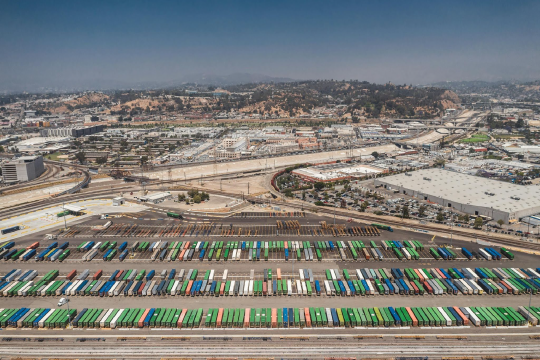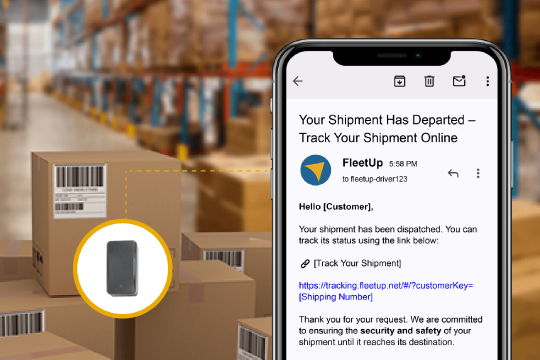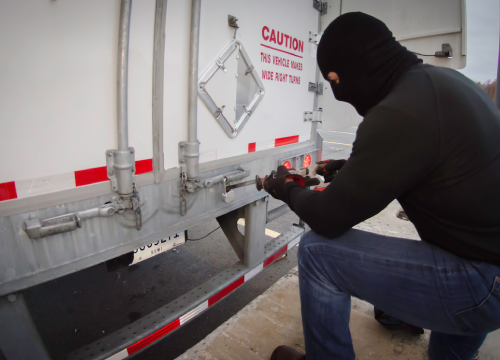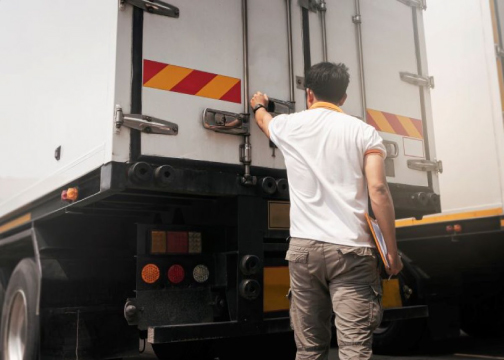Cargo Theft in 2025: Why Visibility Isn’t Enough
A Wake-Up Call for Supply Chains
Cargo theft is no longer a side issue. It’s a top-line risk shaping how freight moves across North America. Shippers, carriers, and retailers that once treated theft as an occasional cost are now facing a systemic challenge that erodes margins, disrupts operations, and puts drivers at risk. The question is no longer if theft will impact your business, but when, and how prepared you are to respond.
Cargo Theft: A Billion-Dollar Crisis
The numbers from 2024 highlight the scale:
- 3,625 theft incidents in North America → a 27% year-over-year increase
- $455M+ in direct losses → averaging more than $200K per theft
- $15–$35B in annual costs → a burden passed along the entire supply chain
And 2025 is on pace to be worse. In the first quarter alone, thefts surged another 36%.
What’s Being Stolen
Thieves target whatever can be resold quickly and at scale:
- Electronics and metals: Nintendo Switch 2 consoles ($1.4M, CO), copper ($600K, TX/Great Lakes)
- Food and drinks: TVs and energy drinks ($3.1M, AZ), liquor ($180K, KY), almonds ($200K, CA)
- Pharma and cosmetics: high-value goods moving through Memphis, Phoenix, Miami
- E-commerce shipments: $83M in Amazon thefts and a wave of courier van robberies
How Thieves Operate
Cargo crime has become professionalized, with tactics that look less like petty theft and more like organized business operations:
- Insider intelligence: Employees or contractors leak route plans and shipment data, helping thieves target the most lucrative loads.
- Identity fraud: Forged pickup documents and stolen carrier identities allow thieves to drive away with full truckloads before the real carrier arrives.
- Coordinated hijackings: In-transit trailers and last-mile vans are stopped and stripped, often within minutes.
- Staged burglaries: Break-ins at distribution centers and cross-docks, where cargo is removed before drivers even notice.
- Crime rings: Networks like the Glendale, CA group that stole more than $200M across multiple states in 2024–25, reselling stolen goods through shadow distribution channels.
Why Current Security Falls Short
- Relying on drivers or 3PLs isn’t enough. Fraud and forged documents are too common.
- GPS-only tools stop at visibility; they don’t prevent or deter theft.
- The risk extends beyond trailers. Pallets, warehouses, and last-mile vans are equally exposed.
FleetUp 360 Cargo Security: Real Protection
FleetUp takes a multi-layered approach tailored to how freight actually moves:
- For Trailer Owners: Solar-powered trackers, real-time door-open detection, and visible deterrence with 24/7 warning decals.
- For Shippers Using 3PL Full Loads: Portable E-Seal SmartLocks that confirm seal status and detect tampering from origin to destination.
- For Distribution and Partial Loads: Embedded pallet-level trackers that discreetly monitor cargo, speed recovery, and provide forensic data during the “golden hour.”
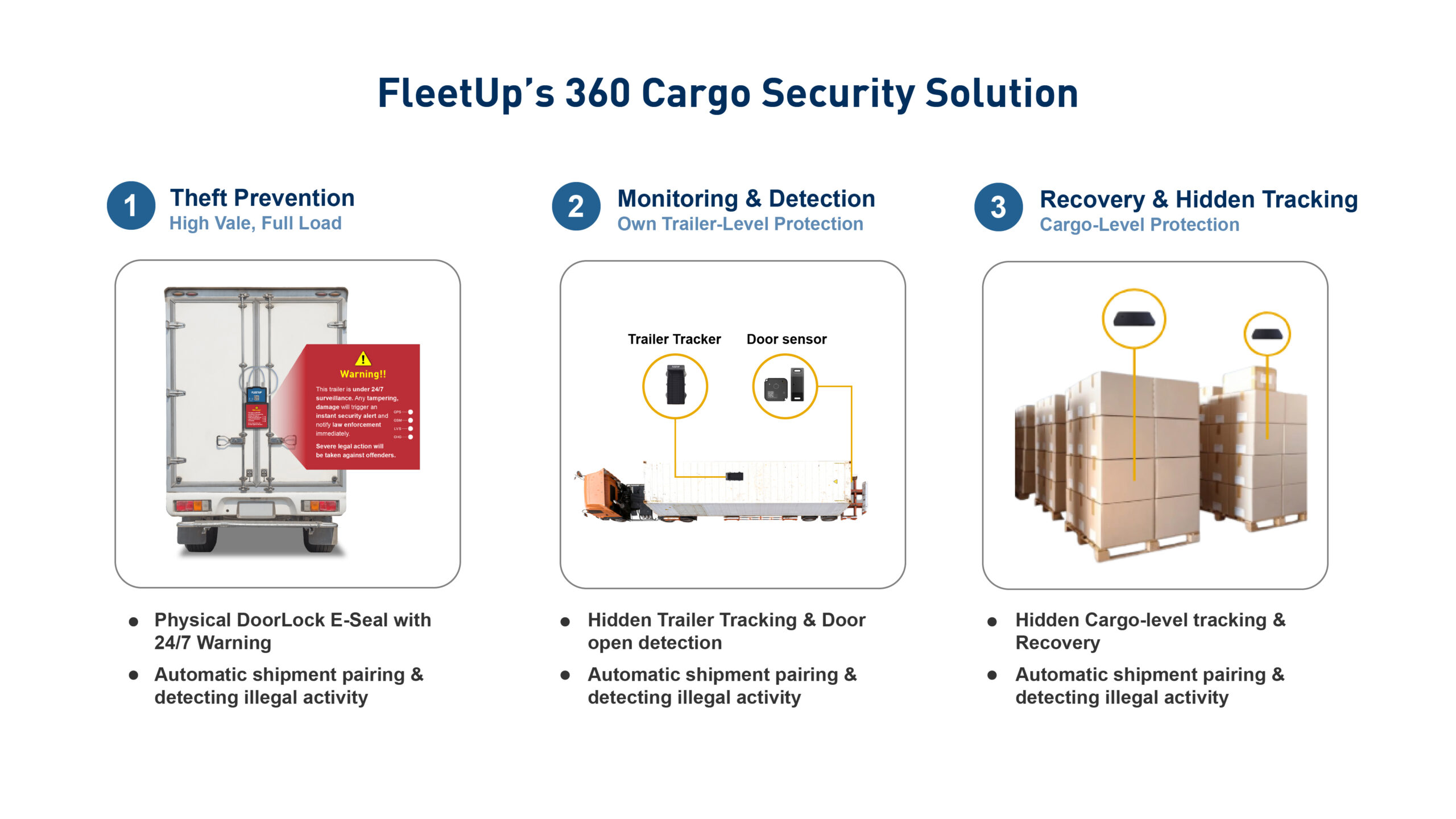
Customer ROI
Protecting cargo with FleetUp 360 typically costs less than 0.1% of shipment value. That small investment helps:
- Prevent six- and seven-figure theft losses
- Keep supply chains moving without insurance disputes
- Protect drivers, brand reputation, and customer trust
“Traditional GPS tracking shows you where cargo was lost. FleetUp 360 Cargo Security prevents, detects, and recovers cargo theft in real time. From high-value electronics to last-mile courier vans, our automated, stakeholder-specific solutions protect your cargo at every step—for less than 0.1% of shipment cost.”
Trend Articles for Further Reading
- Freight Under Fire: The Explosive Rise of Cargo Theft (Q1 2025: +36% theft growth) | Trucking Industry Crime Surge
- NICB Warns of Increased Cargo Theft in 2025 (2024: +27%; 2025 expected +22%) | American Trucking Associations
- The Escalating Crisis of Crime in the Trucking Industry (2024: 3,625 thefts, $455M+ in losses) | National Insurance Crime Bureau



